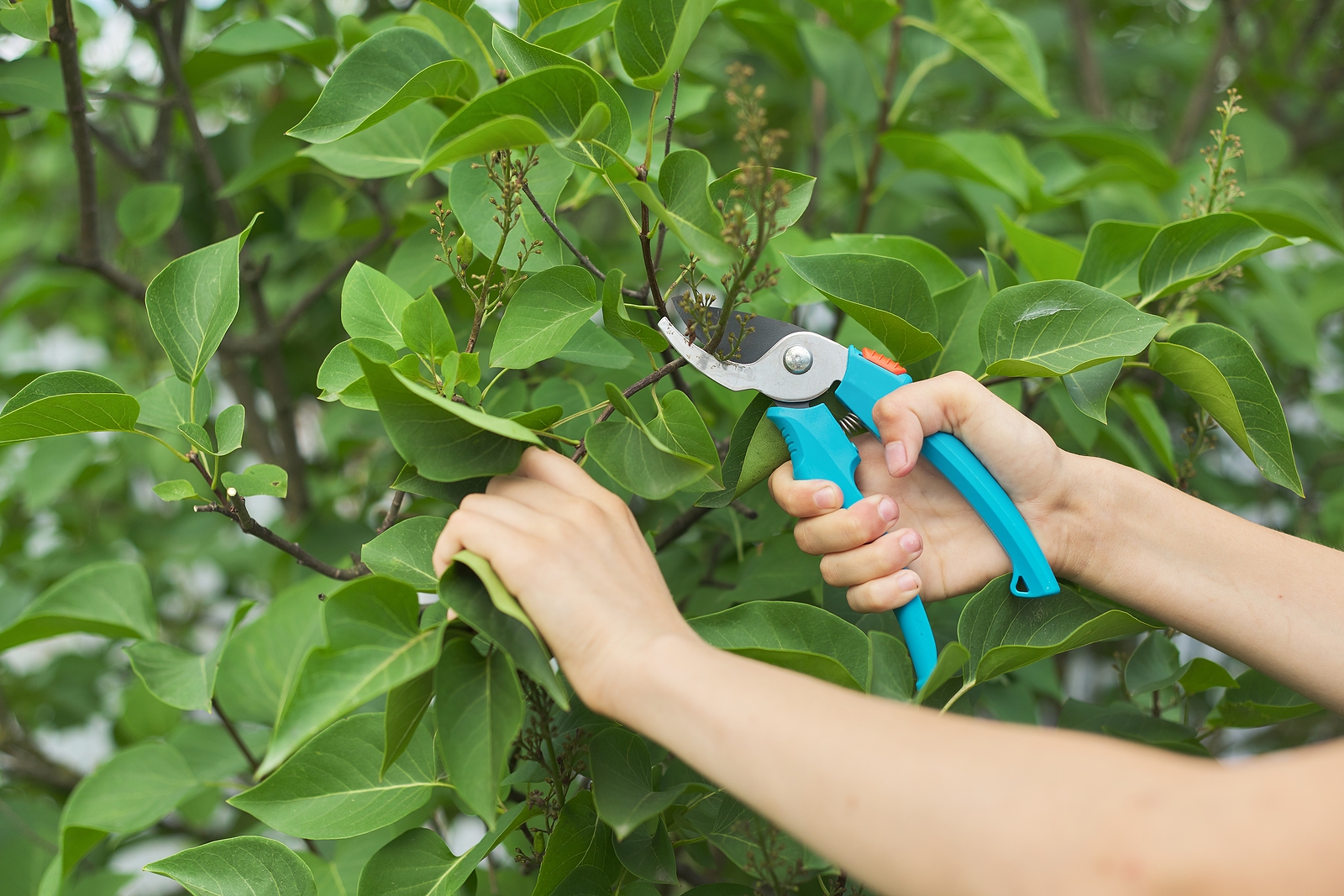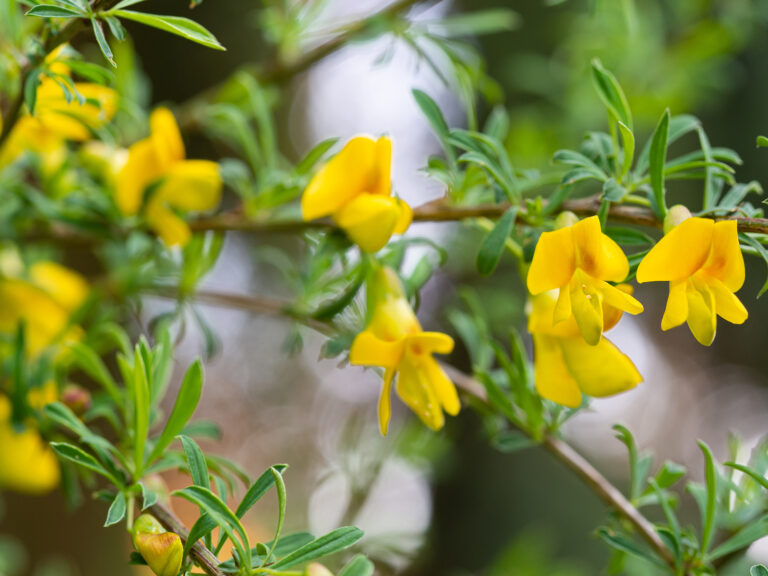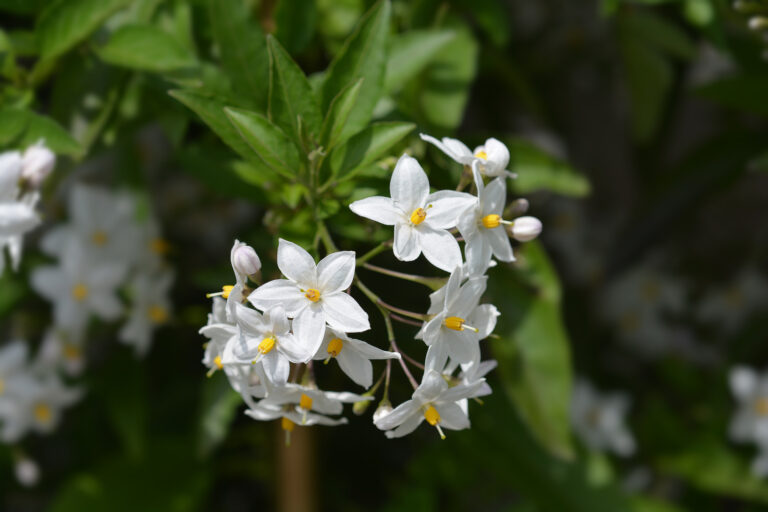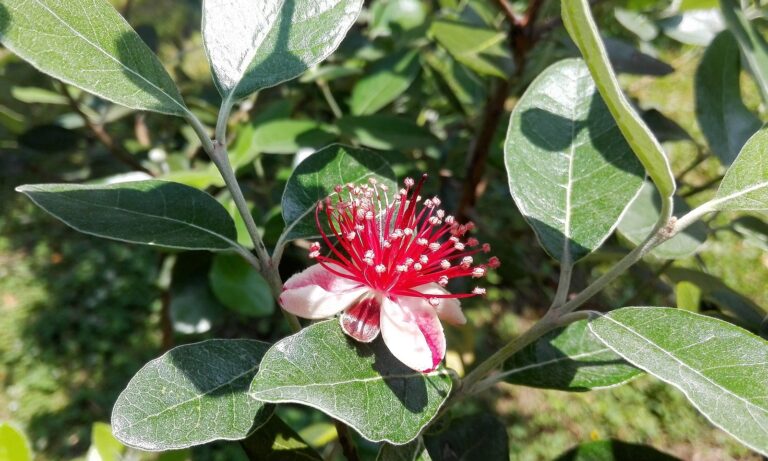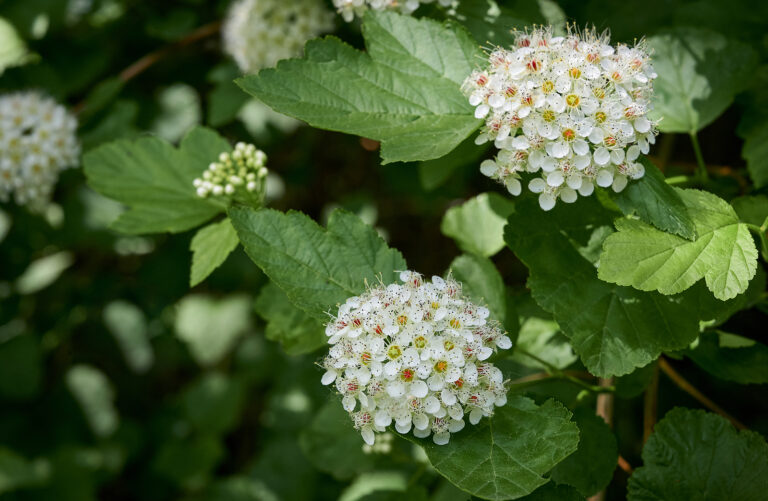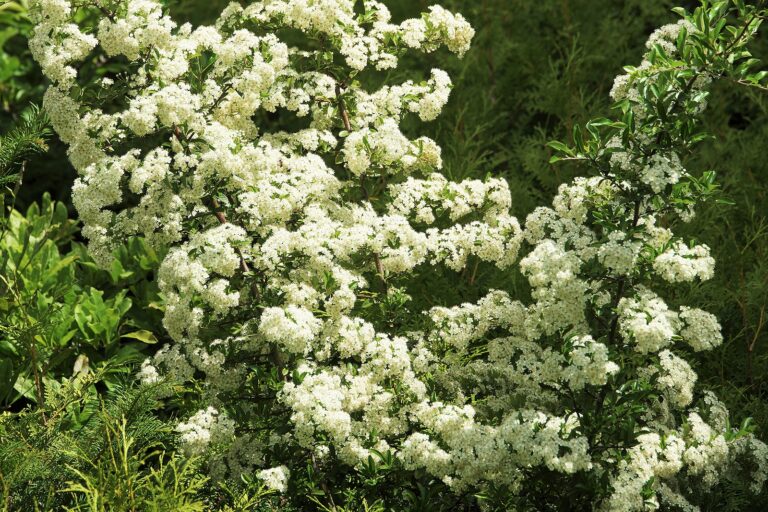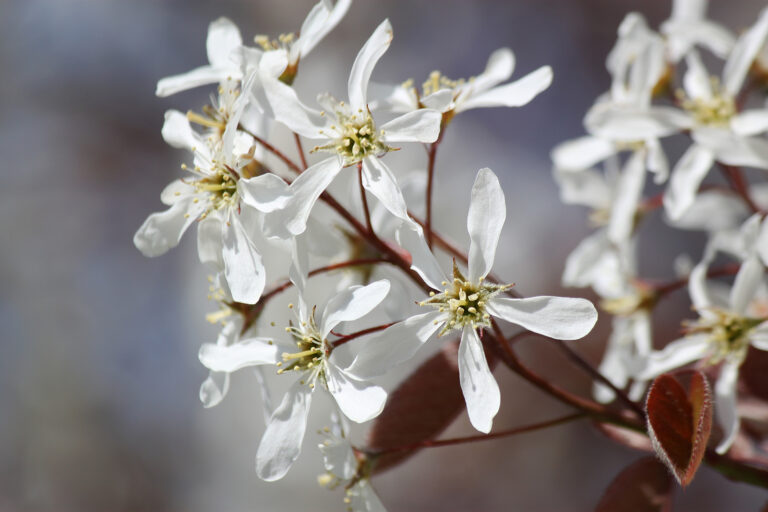How to Prune Shrubs
Most shrubs have a naturally lovely shape; they can be ruined by over-pruning. As a general rule: shrubs look best if left natural looking.
Prune shrubs to enhance their natural shape and to encourage healthy growth. Correctly pruned, a shrub will look as if it had not been pruned at all.
Shrubs like trees are commonly growing in the garden for years and even decades. Here are guidelines for pruning shrubs.
Shrub pruning basics
Whatever plant you prune, here are the basics:
- Remove dead and diseased wood.
- Eliminate crowded and congested growth.
- Remove branches that cross or rub against other branches. Remove the weaker of the two.
- Increase the structural strength of the plant.
- Preserve the natural shape of a plant.
- Improve air circulation especially in the center of the plant; this will reduce disease problems.
- Increase flowering and vigor by removing old, non-blooming wood.
- If you find yourself pruning to limit a plant’s size, you chose the wrong plant for the location. Replace the overlarge plant with one that fits the site naturally.
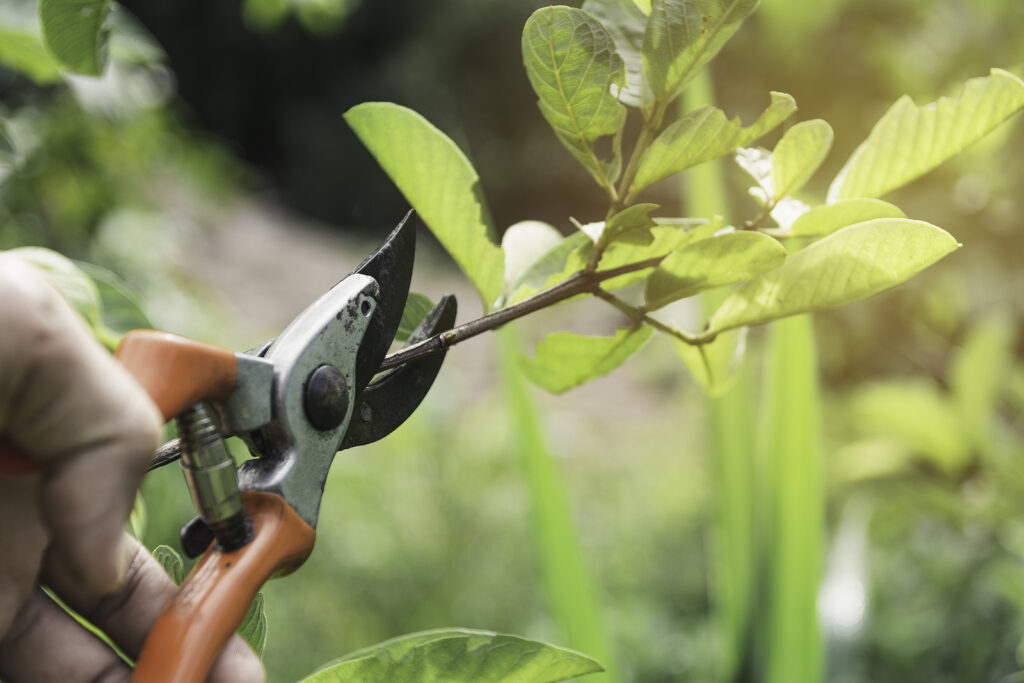
Selective pruning
Selective pruning is the best course of action. Selective pruning means cutting back the shrub here and there, one branch at a time with hand pruners.
Selective pruning reduces size and refines shape. The pruning cuts are not obvious. To prune selectively, locate an overgrown branch, and follow the stem down into the shrub; make the cut low so that it is not obvious. New growth will follow from just below the cut.
Selective pruning hides ugly stubs; it preserves the plant’s natural form; it encourages blooming, promoting new buds and leaves.
Selectively prune whenever you notice a stray stem. This will eliminate branches that stick out from a balanced crown (the arc of the plant’s form); these wild branches are prone to wind damage and can break under stress.
Thinning a shrub
Thinning a shrub removes entire branches back to the main trunk or to the ground. Thinning can enhance a shrub’s natural beauty by forcing energy into the remaining branches—which will grow more. Thin shrubs by removing the oldest and weakest branches at ground level. Prune the remaining stems back by about one-third.
Avoid shearing—except for hedges
Avoid shearing a shrub—that is trimming off the outer tips of branches. This is often referred to as heading. Heading is trimming off most of a shrub’s growing tips—usually to shape the plant. Heading forces the shrub’s energy from the branch tip to the side buds nearest the tip. The result is a shrub with denser foliage as the plant grows multiple branches instead of a single branch. Dense twiggy growth will follow heading or shearing; leaves will only grow on the outside of the plant. Shearing should only be used for formal, shaped hedges.
Deadheading flowers
To prolong blooming snip off flowers that are past their prime. Grooming by deadheading make a shrub more attractive and stimulate better flowering. If you don’t remove faded flowers, the shrub will set seed. By removing spent flowers, the shrub’s energy is available for setting new flower buds. To deadhead, hold the branch in one hand and snap off the flower head with the other.

Rejuvenating old shrubs
Some overgrown shrubs with basal stems can be rejuvenated by cutting the entire shrub down to a few inches from the ground. Do this when the shrub is overgrown and has weak and misshapen branches. Keep the strongest and most vigorous stems; thin out the smallest and weakest. Renew shrubs late in the dormant season before new growth begins. This works well with upright shrubs such as lilacs and forsythias, and with wood, horizontal branches shrubs such as cotoneasters.
Underground sprouts that come up around the base of older plants can be dug out with a spade. Long whip-like shoots that develop from the base or lower branches should be cut back to two leaves.
The alternative to cutting the entire shrub down to the ground is a gradual renewal over three to five years. The first year remove one-fifth to one-third of the old wood; start with the oldest and longest stems. In the following years, remove another fraction of the original stems.
When to prune flowering shrubs
- Prune spring-flowering shrubs in late spring as flowers fade. Many spring-flowering shrubs bloom on old wood; old wood is wood that was grown the previous year. Plants that bloom on old wood should be pruned right after blooming; this will allow the plant to make new wood for next year’s blooms. Pruning spring-blooming shrubs in fall or winter may remove buds that would flower next spring. If you wait too long to prune you will remove the next spring’s blooms. Most shrubs bloom in spring.
- Prune summer-flowering shrubs in late fall or very early spring before growth starts; this will give them enough time to develop flowers late in the next growing season. If you wait until growth begins in spring, you may take off shoots where flowers may develop that summer. Summer-blooming shrubs include abelia, butterfly bush, bluebeard, hydrangea, roses, and some spirea.
- Prune late summer or fall blooming shrubs in very early spring; this will give them enough time to develop flowers or fruits.
Also of interest:

